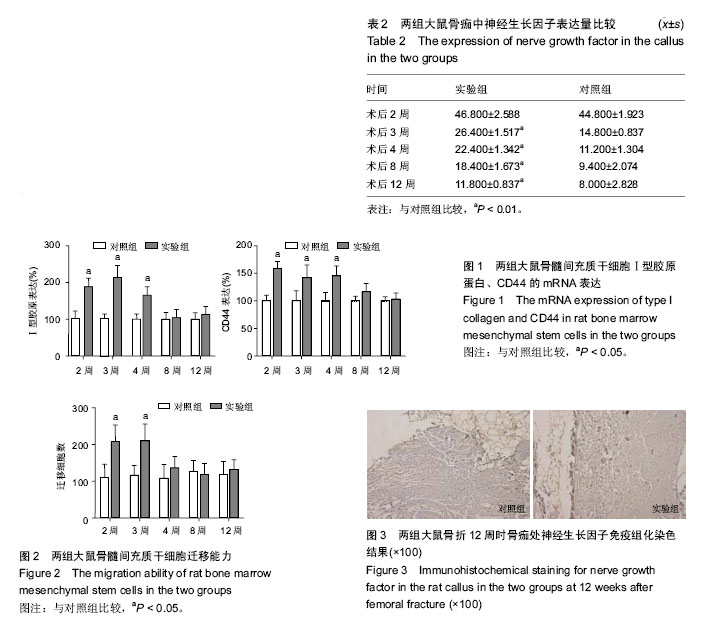| [1] Lteif AA, Han K, Mather KJ. Obesity, insulin resistance, and the metabolic syndrome: determinants of endothelial dysfunction in whites and blacks. Circulation. 2005;112(1):32-38.
[2] Zhang Y, Li W, Yan T, et al. Early detection of lesions of dorsal artery of foot in patients with type 2 diabetes mellitus by high-frequency ultrasonography. J Huazhong Univ Sci Technolog Med Sci. 2009;29(3): 387-390.
[3] Foley RN, Parfrey PS, Sarnak MJ. Epidemiology of cardiovascular disease in chronic renal disease. J Am Soc Nephrol. 1998;9(12 Suppl):S16-23.
[4] Izumi S, Muano T, Mori A, et al. Common carotid artery stiffness, cardiovascular function and lipid metabolism after menopause. Life Sci. 2006;78(15):1696-1701.
[5] Hoegh A, Lindholt JS. Basic science review. Vascular distensibility as a predictive tool in the management of small asymptomatic abdominal aortic aneurysms.Vasc Endovascular Surg. 2009;43(4):333-338.
[6] Shingu Y, Shiiya N, Ooka T, et al. Augmentation index is elevated in aortic aneurysm and dissection.Ann Thorac Surg. 2009;87(5):1373-1377.
[7] Dominici M, Le Blanc K, Mueller I, et al. Minimal criteria for defining multipotent mesenchymal stromal cells. The International Society for Cellular Therapy position statement. Cytotherapy. 2006;8(4):315-317.
[8] Lesley J, Hascall VC, Tammi M, et al. Hyaluronan binding by cell surface CD44.J Biol Chem. 2000;275 (35):26967-26975.
[9] Puré E, Cuff CA. A crucial role for CD44 in inflammation. Trends Mol Med. 2001;7(5):213-221.
[10] DeGrendele HC, Kosfiszer M, Estess P, et al. CD44 activation and associated primary adhesion is inducible via T cell receptor stimulation. J Immunol. 1997;159(6):2549-2553.
[11] Zhu H, Mitsuhashi N, Klein A, et al. The role of the hyaluronan receptor CD44 in mesenchymal stem cell migration in the extracellular matrix. Stem Cells. 2006; 24(4):928-935.
[12] Herrera MB, Bussolati B, Bruno S, et al. Exogenous mesenchymal stem cells localize to the kidney by means of CD44 following acute tubular injury. Kidney Int. 2007;72(4):430-441.
[13] Campagnoli C, Roberts IA, Kumar S, et al. Identification of mesenchymal stem/progenitor cells in human first-trimester fetal blood, liver, and bone marrow. Blood. 2001;98(8):2396-2402.
[14] Liechty KW, MacKenzie TC, Shaaban AF, et al. Human mesenchymal stem cells engraft and demonstrate site-specific differentiation after in utero transplantation in sheep. Nat Med. 2000;6(11):1282-1286.
[15] Goodwin HS, Bicknese AR, Chien SN, et al. Multilineage differentiation activity by cells isolated from umbilical cord blood: expression of bone, fat, and neural markers. Biol Blood Marrow Transplant. 2001; 7(11):581-588.
[16] Reyes M, Lund T, Lenvik T, et al. Purification and ex vivo expansion of postnatal human marrow mesodermal progenitor cells. Blood. 2001;98(9): 2615-2625.
[17] Kuznetsov SA, Mankani MH, Gronthos S, et al. Circulating skeletal stem cells. J Cell Biol. 2001; 153(5):1133-1140.
[18] Ji JF, He BP, Dheen ST, et al. Interactions of chemokines and chemokine receptors mediate the migration of mesenchymal stem cells to the impaired site in the brain after hypoglossal nerve injury. Stem Cells. 2004;22(3):415-427.
[19] Muñoz-Elias G, Marcus AJ, Coyne TM, et al. Adult bone marrow stromal cells in the embryonic brain: engraftment, migration, differentiation, and long-term survival. J Neurosci. 2004;24(19):4585-4595.
[20] Barbash IM, Chouraqui P, Baron J, et al. Systemic delivery of bone marrow-derived mesenchymal stem cells to the infarcted myocardium: feasibility, cell migration, and body distribution. Circulation. 2003; 108(7):863-868.
[21] Hou LL, Zheng M, Wang DM, et al. Migration and differentiation of human bone marrow mesenchymal stem cells in the rat brain.Sheng Li Xue Bao. 2003; 55(2):153-159.
[22] Morigi M, Imberti B, Zoja C, et al. Mesenchymal stem cells are renotropic, helping to repair the kidney and improve function in acute renal failure. J Am Soc Nephrol. 2004;15(7):1794-1804.
[23] 殷晓雪,陈仲强,郭昭庆,等.人骨髓间充质干细胞定向诱导分化为成骨细胞及其鉴定[J].中国修复重建外科杂志, 2004, 18(2):88-91.
[24] Shams PN, Foster PJ. Clinical outcomes after lens extraction for visually significant cataract in eyes with primary angle closure. J Glaucoma. 2012;21(8): 545-550.
[25] Su WW, Chen PY, Hsiao CH, et al. Primary phacoemulsification and intraocular lens implantation for acute primary angle-closure. PLoS One. 2011; 6(5):e20056.
[26] Micera A, Lambiase A, Aloe L, et al. Nerve growth factor involvement in the visual system: implications in allergic and neurodegenerative diseases. Cytokine Growth Factor Rev. 2004;15(6):411-417.
[27] Lambiase A, Micera A, Sgrulletta R, et al. Nerve growth factor and the immune system: old and new concepts in the cross-talk between immune and resident cells during pathophysiological conditions. Curr Opin Allergy Clin Immunol. 2004;4(5):425-430.
[28] 吴永超,郑启新,胡东,等.骨髓间充质干细胞表达神经营养因子及对神经干细胞的保护作用[J].中国康复理论与实践, 2006, 12(9):780-782.
[29] Wu Y, Zheng Q, Xie Z, et al. Expression of brain-derived neurotrophic factor and nerve growth factor in bone marrow mesenchymal stem cells and therapeutic effect in spinal cord injury. Chinese Journal of Experimental Surgery. 2005; 22(2):139-141.
[30] Boulanger G, Orignac I, Weber M. Demographic evolution of acute primary angle closure between 2001-2003 and 2008-2010: impact of modern cataract surgery. J Fr Ophtalmol. 2013;36(2):95-102. |
.jpg)

.jpg)
.jpg)